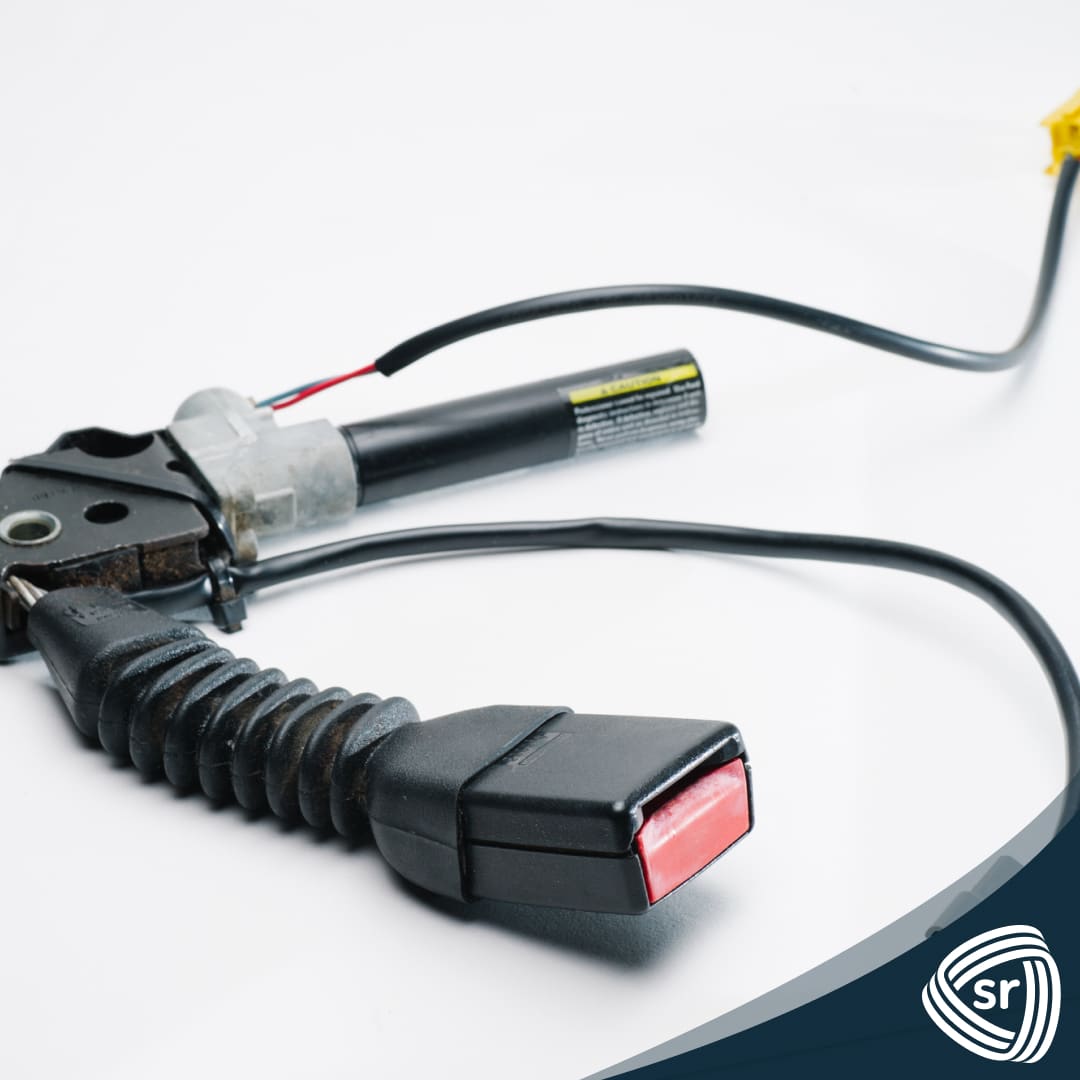Advancements in vehicle technology have made drivers and passengers exponentially safer today than ever before. Today, all cars come with safety features that will protect you in the event of an accident. Seat belts and airbags have come so far in ensuring road safety.
According to the United States National Highway Traffic Safety Administration (NHTSA), frontal airbags saved more than 50,000 lives from 1987 to 2017. Airbags are designed to save lives. Low, medium and high-speed crashes lead to serious accidents. No matter the severity of the incident, airbag deployment often plays a crucial role in the outcome of a traffic collision.
How Do Airbags Work?
Airbags are standard features for almost all vehicles. They are designed to deploy within 0.05 seconds to slow a passenger’s forward motion in the event of a collision.
Airbag sensors are placed at multiple points inside the vehicle. These sensors send feedback to the airbag control system to trigger airbag deployment. The airbag itself is made of very thin nylon fabric with a nitrogen-powered inflation system. The airbag light on the dashboard blinks in the event of an aberration in the system.
Can Airbags Be Dangerous?
In order to counteract the forward movement of a passenger mid-collision, airbags must inflate with tremendous force and speed. Unfortunately, if the passenger isn’t in the proper position, it can bring his or her body within striking range of the airbag before inflation, potentially causing injury.
Airbags can be dangerous if not used properly. This is part one of a two-part blog series about ten essential airbag safety tips to keep in mind whenever you go out for a drive. Take your time reading through this list, and make sure to check back for part two.
1. Always Wear Your Seatbelt
This first tip is a timeless, unchanging rule for all drivers and passengers of any vehicle. Before pulling off your driveway, make sure that everyone in the vehicle is buckled in. It doesn’t matter if you’re just driving a few blocks to pick something up from the local pharmacy. Accidents can occur anywhere and at any time. You have to make sure that you are keeping yourself safe 100% of the time.
Airbags and seat belts are designed to work together to prevent serious injury. Always keep your seat belt snug, with no excess slack. In the event of a collision, the lap and shoulder safety belts anchor your body and keep you strapped into a position for airbags to be effective.
2. Keep A Safe Distance
It’s best if an airbag deploys towards the breadth of your chest rather than your face. This is why the National Highway Traffic Safety Administration recommends a 10-inch minimum space between the center of the steering wheel and the driver. This distance positions you as far back from the airbag as possible and protects the core of your body, minimizing the risk of injury.
3. Keep Airbag Area Clear
It’s best to keep your car free of clutter. Don’t place any objects near the airbag area—these will only stand in the way of the airbag protecting you. If you purchase a dashboard cover, make sure it isn’t blocking your front airbags.
Conclusion
Airbags deploy at high speed to protect drivers and passengers from injury in the event of a collision. Proper body anchoring and placement ensure an airbag’s effectiveness.
In this first part of a two-part blog series, we outlined three out of ten airbag safety tips to help keep you and your passengers as safe as possible. Make sure to check back in for part two!
If you’re looking to have your airbag serviced, Safety Restore is here for you. We offer airbag module reset after a collision, seat belt webbing replacement, and seat belt repair, among many other services. Check out our website and add a service to your cart today!

